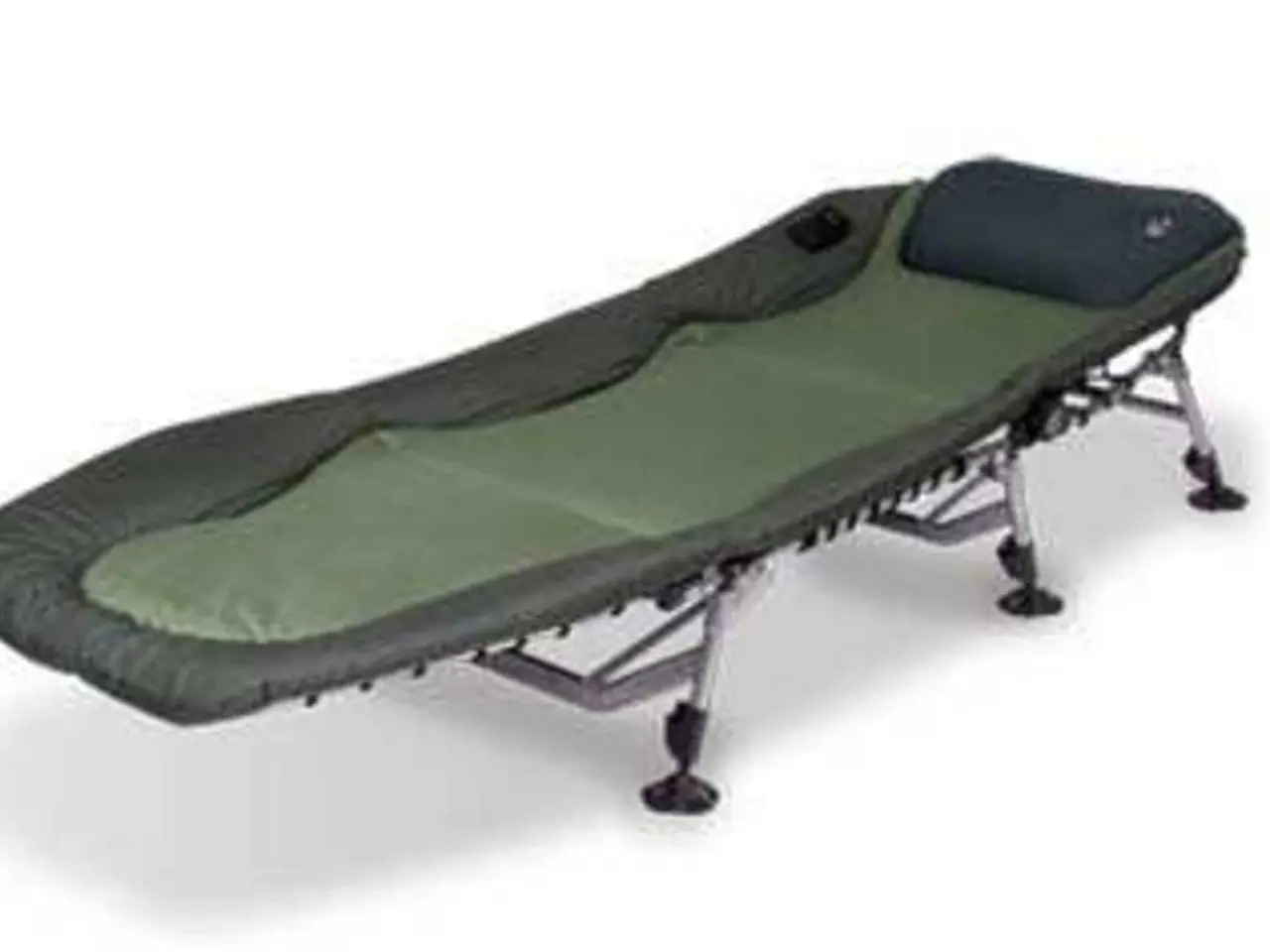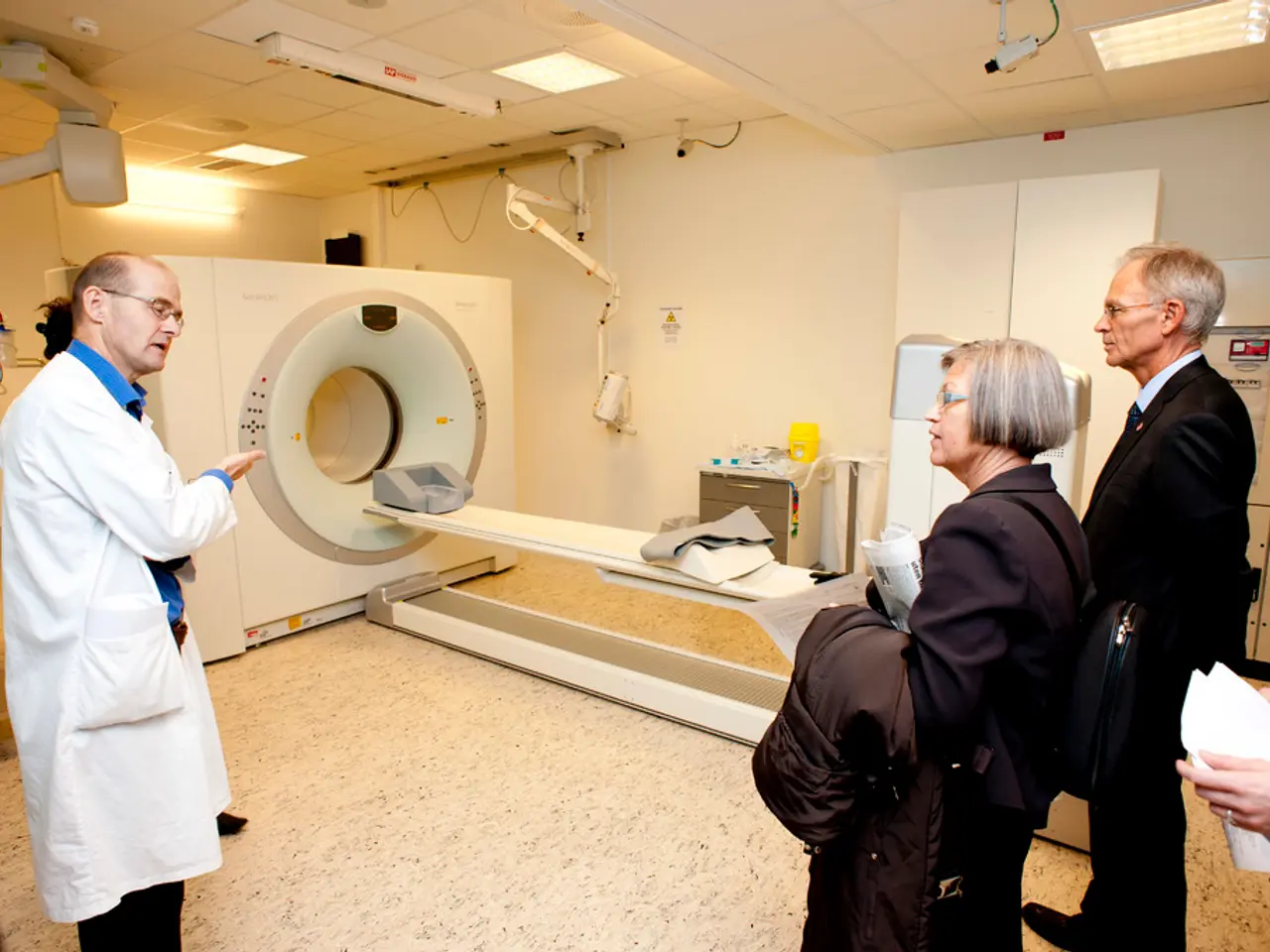Cracking spine: Advantages and Drawbacks
In the realm of physical wellness, the popping sound associated with back cracking is a common occurrence that sparks curiosity and concern in equal measure. This article delves into the causes, risks, and benefits of this practice, providing valuable insights for those considering a visit to a medical professional for a back cracking session.
The popping sound, known as crepitus, is primarily attributed to the formation and collapse of gas bubbles in the synovial fluid of the facet joints in the spine. When these joints are manipulated, the pressure within the joint capsule decreases, allowing dissolved gases (mainly nitrogen) to form bubbles. These bubbles rapidly collapse, producing the characteristic popping or cracking sound [1][2]. Another mechanism proposed is the rapid separation of joint surfaces, which can create a low-pressure area that collapses, also resulting in an audible sound [1].
While occasional back cracking is generally considered safe for most people, there are potential risks, especially if done improperly or too frequently. Overmanipulation can lead to ligament sprains or joint instability, which may cause pain or further injury [3]. If the cracking is not done gently, it can potentially irritate nearby nerves, leading to temporary numbness, tingling, or pain [3]. Aggressive or improper spinal manipulation can potentially lead to disc herniation or exacerbate existing conditions [3]. Regularly relying on back cracking for pain relief can lead to dependence rather than addressing underlying causes of discomfort [1].
It is advisable to consult a professional, such as a chiropractor or physical therapist, for spinal manipulation to minimize risks and ensure proper technique. Attempting back cracking at home is not advisable, as it may result in injury, such as a muscle tear, pinched nerve, or even potentially dangerous tears in the neck arteries, increasing the risk of stroke if the manipulation focuses on the neck [3].
Some people find the experience of back cracking satisfying, and it may provide pain relief for some individuals, although multiple sessions may be necessary for those with chronic back pain. However, it is essential to remember that the effectiveness of back cracking in treating back pain is not universally accepted. A 2017 study found a small increase in joint range of motion after back cracking, which could contribute to temporary relief [4].
In conclusion, while back cracking can offer temporary relief for some individuals, it is crucial to approach this practice with caution and under the guidance of a trained medical professional. A person with perpetual instability is at risk of developing osteoarthritis, and regular cracking may cause soreness or discomfort due to joint manipulation. By understanding the causes, risks, and benefits of back cracking, individuals can make informed decisions about whether this practice is suitable for their specific needs and circumstances.
References: [1] Gulati, R., & Gupta, A. (2016). Back cracking: A review. Journal of Back and Musculoskeletal Rehabilitation, 30(1), 5-10. [2] Moseley, J. L., & Hodges, P. W. (2003). The neuromatrix of pain: a new model for the clinical diagnosis and treatment of pain. Pain Practice, 3(3), 127-138. [3] Tuchin, P. J. (2000). A systematic review of the literature on spinal manipulation as a treatment for low-back pain. Journal of Manipulative and Physiological Therapeutics, 23(9), 597-606. [4] van Tulder, M. W., Cherkin, D. C., Berman, B., Lao, L., & Koes, B. W. (2017). Spinal manipulative therapy for low back pain. Cochrane Database of Systematic Reviews, 12, CD008880.
- In the health-and-wellness sector, chiropractic treatments that involve back cracking are driven by the science behind the formation and collapse of gas bubbles within the synovial fluid of the spine, forming the popping sound known as crepitus.
- While fitness-and-exercise routines alone may not resolve chronic back pain, some people experience temporary relief from back cracking therapies and treatments, although the effectiveness varies and should be approached with caution.
- Overreliance on back cracking for long-term health-and-wellness may lead to dependency, bypassing the identification and treatment of underlying causes, and may even contribute to the development of conditions like osteoarthritis in individuals with perpetual instability.




